Call Us at 877-959-3534 for Chimney Service
Let’s be very honest; a whole long year of winter could be irritating sometimes. Isn’t it? Colder seasons bring in more responsibilities for everyone out there who has a chimney on their rooftop. More winter means more snow, rain, and fog, ultimately increasing home and infrastructure costs.
This infrastructure includes a chimney, stove, fireplace, and duct. We all know already that nowadays, our houses need ultra-supervision in terms of maintenance, and you can’t skip that part!
As winters start approaching, a lot of people start freaking out about how to repair a chimney crown or how to install a fireplace. And if you are residing in the USA, you must know how difficult it is to repair a broken chimney crown or install a fireplace. It is super difficult to survive extreme weather conditions if you have zero maintenance of these things.
Are you worried about how much it costs to repair a chimney crown? If that’s the case, then you need to contact a trustworthy chimney repair service and let them do their job. But still, to help you out initially, here is the guide that will help you learn what a chimney crown is and how to get it repaired.
Call Us at 877-959-3534 for Chimney Service
What Is a Chimney & What Are Its Components?
Before sliding into the section on how to repair cracked chimney crowns, it is essential to learn what a chimney is and how chimney components work.
In very simple words, a chimney is a vertical structure usually fitted on the top of the roof and encloses the flues that further carry off smoke out of the house. Available in multiple sizes and materials, a chimney is one of the core components that you need right on the rooftop for smoke evacuation.
In winter, the demand for maintaining a chimney along with its components increases a bit as compared to other seasons. This is where you need to know how your chimney is working and what parts would need a proper repair service. Let’s have a quick look over the essential components of a chimney.
1. Bricks: Bricks are the foundation of your chimney, and if they are in poor condition, your safety may get compromised. Ensure to get your chimney bricks absolutely dry and get the service done from a high-quality chimney service provider.
2. Chimney flue: It is a vertical shoot that allows the combustion materials to exit your home. It is highly recommended by the law as well to line the flue.
3. Chimney liner: It acts as a barrier and prevents the fire from spreading through the home or duct. For this purpose, the best is to use clay tiles that are long-lasting and economical in choice.
4. Chimney cap: This component of the chimney prevents elements from the outdoors from getting into your house from the pathway of the chimney. If you ever find debris coming through the chimney cap, get a chimney cap repairs service near you.
5. Chimney crown: This component is also known as a chimney wash. It is a slab of cement that covers the whole top of the chimney and prevents water from entering it.
6. Chimney chase cover: It is a prefabricated cover used to cover the chimney’s opening. It is usually made up of copper, aluminum, and steel.
7. Chimney flashing: This component is made up of vinyl, copper, or steel and is placed where the chimney connects with the roof. It protects the chimney, roof, and rooms from moisture and leakages.
Call Us at 877-959-3534 for Chimney Service
What Is a Chimney Crown? What Is the Importance of Chimney Crown?
The chimney crown is an essential and the topmost part of the chimney. Its main function is to protect the chimney from water and other outer debris. There are multiple techniques used by different chimney companies to create crowns, and this can have an impact on their longevity and functions.
Some chimney repair companies like High’s chimney sweep use impregnate that extends crown life. Some chimney service companies with poor credit use inferior materials to save money, which puts security at an extreme risk. It is highly important to make the right decision about chimney crown repair because it impacts the lifetime of chimneys as well.
This large concrete slab covers the upper opening of the chimney and protects the brick-and-mortar chimney structure from water and moisture in extreme weather conditions. The chimney lining also becomes secure with the crown installation. The crowns are usually made of concrete but can also be made of metal or stone.
A crown should not be confused with a chimney cap, which is made of metal and primarily covers the chimney. So, in short, the last layer of brick at the top of the chimney is the chimney crown. It is usually about 3 to 4 inches thick and faces downwards.
There are several types of crowns.
1. On-site concrete: Suitable for large chimneys, made of concrete.
2. Finished product: Ideal for smaller chimneys and concrete chimneys
3. Floating crown: Built with an overhang about 2 inches above the chimney. This type of crown takes longer to install but usually lasts longer than other crowns.
How to Repair a Chimney Crown? What Are the Red Alerts to Get a Chimney Crown Repaired?
Now let’s talk about how to repair a crown on your chimney.
First of all, if you have been noticing some issues with your chimney, then schedule an annual chimney inspection every year. If your chimney crown doesn’t work properly, you will feel a smoke smell in the house, moisture and smelly fireplace, and extreme cracks in the chimney.
At this point, get in contact with specialists in the chimney and be sure to use a qualified, professional chimney service company with a good reputation and reviews. There are so many fake companies as well, so it’s better to pay attention to Google reviews.
If the chimney crown is in good shape but cracked, a crown sealant can be used. However, if the crown is already severely damaged, you must get the crown rebuilt.
Mind-Blowing Chimney Facts You May Never Knew
Now that you know when you should get your chimney crown repaired, let’s talk about a few very lesser-known facts related to chimneys.
1. Chimneys were constructed using wood and hay centuries ago. But a huge fire took place in London back in 1666. Then English Courts demanded to build chimneys with brick and mortar.
2. According to the EPA, there are 13 million chimneys and fireplaces in use each year.
3. Chimney fires can burn up to 2000 Farenhites. So, stay cautious.
The fire temperature of the chimney literally blew my mind! These lesser-known facts are really surprising, aren’t they?
The post How To Repair Chimney Crown – Everything You Need to Know About Chimney Crown appeared first on Highs Chimney.
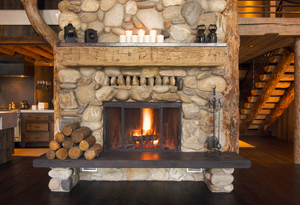
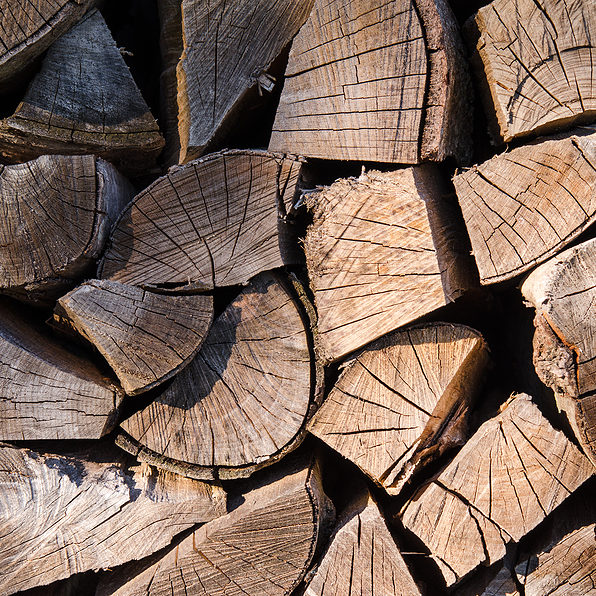 What Is Seasoned Firewood?
What Is Seasoned Firewood?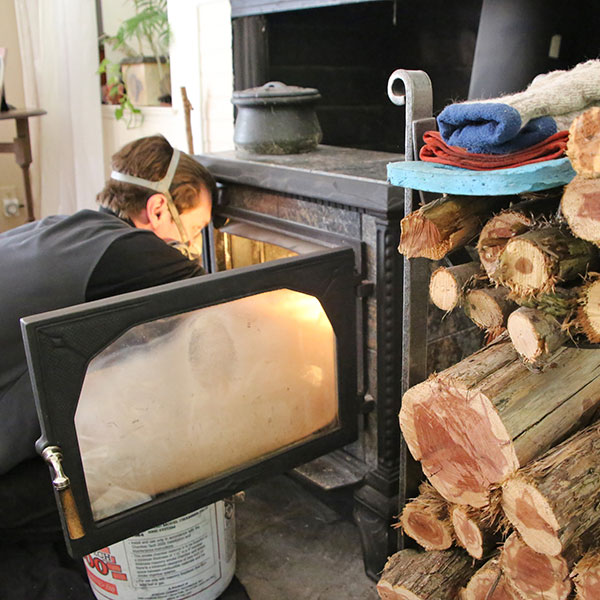 About
About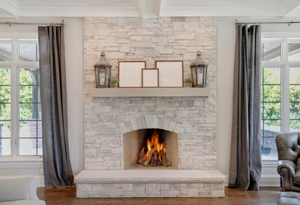
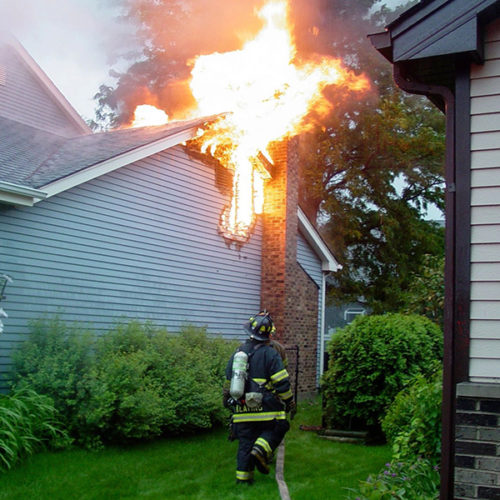 1. Chimney fires
1. Chimney fires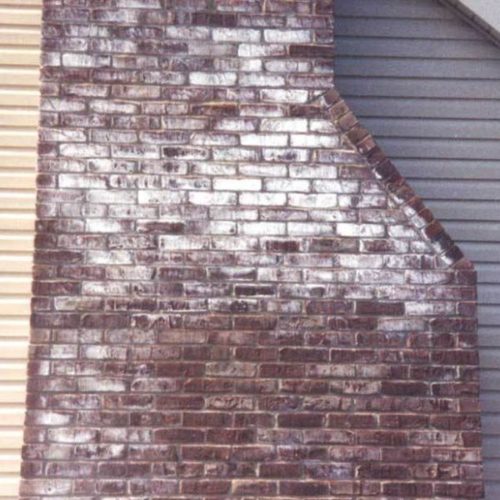
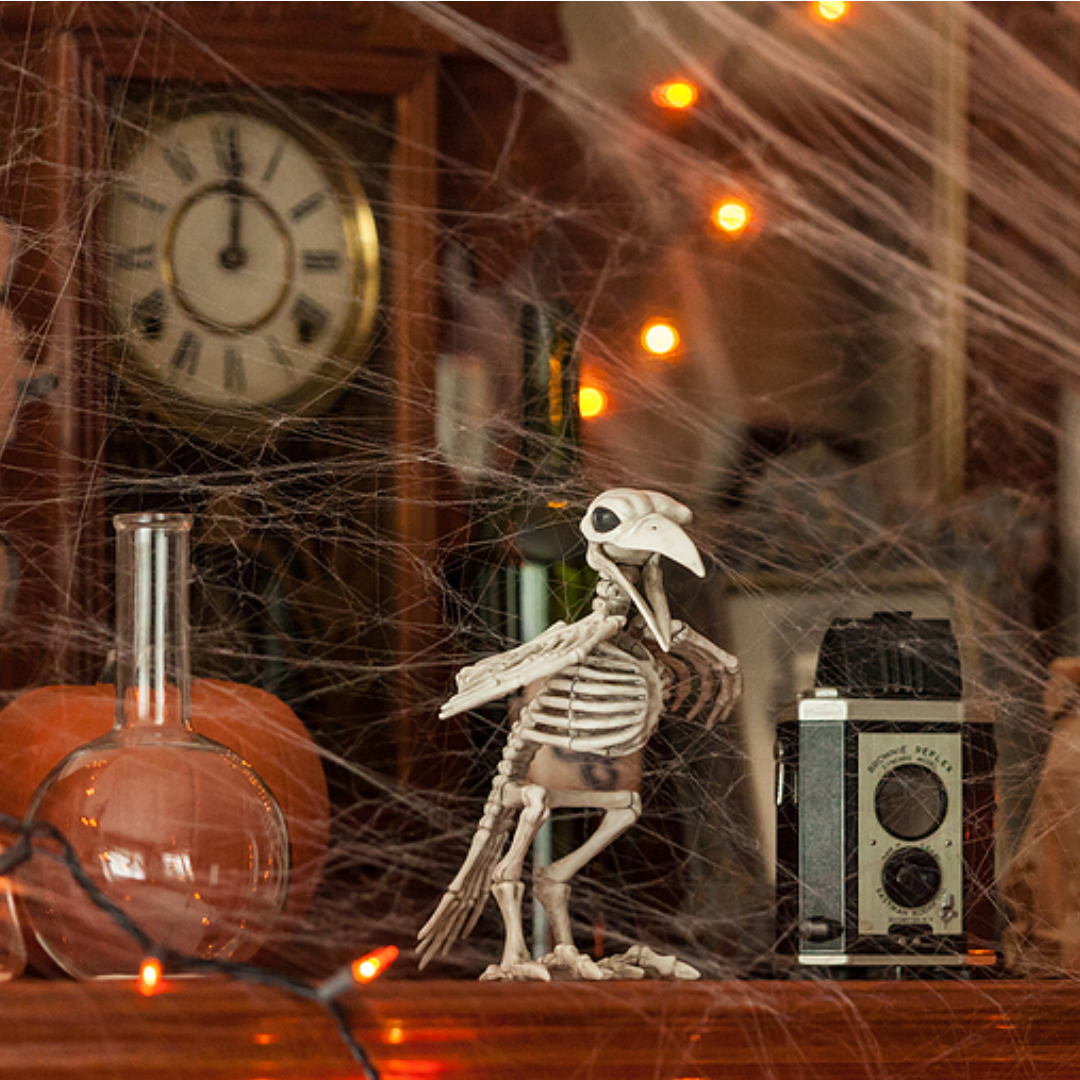 Start with the mantel
Start with the mantel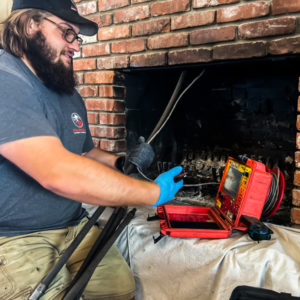 Schedule an inspection and cleaning before winter sets in
Schedule an inspection and cleaning before winter sets in
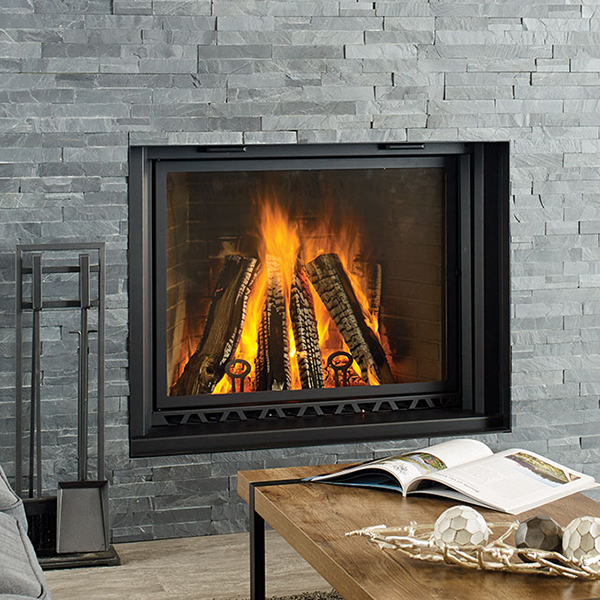 Timeless Aesthetic
Timeless Aesthetic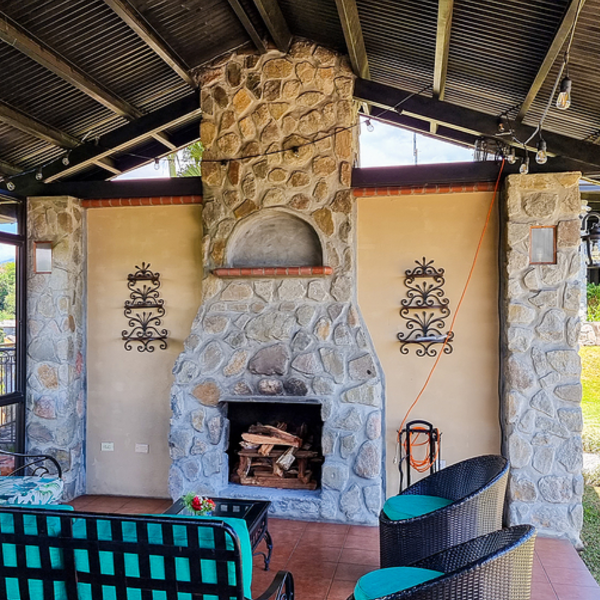 Strong Focal Point
Strong Focal Point